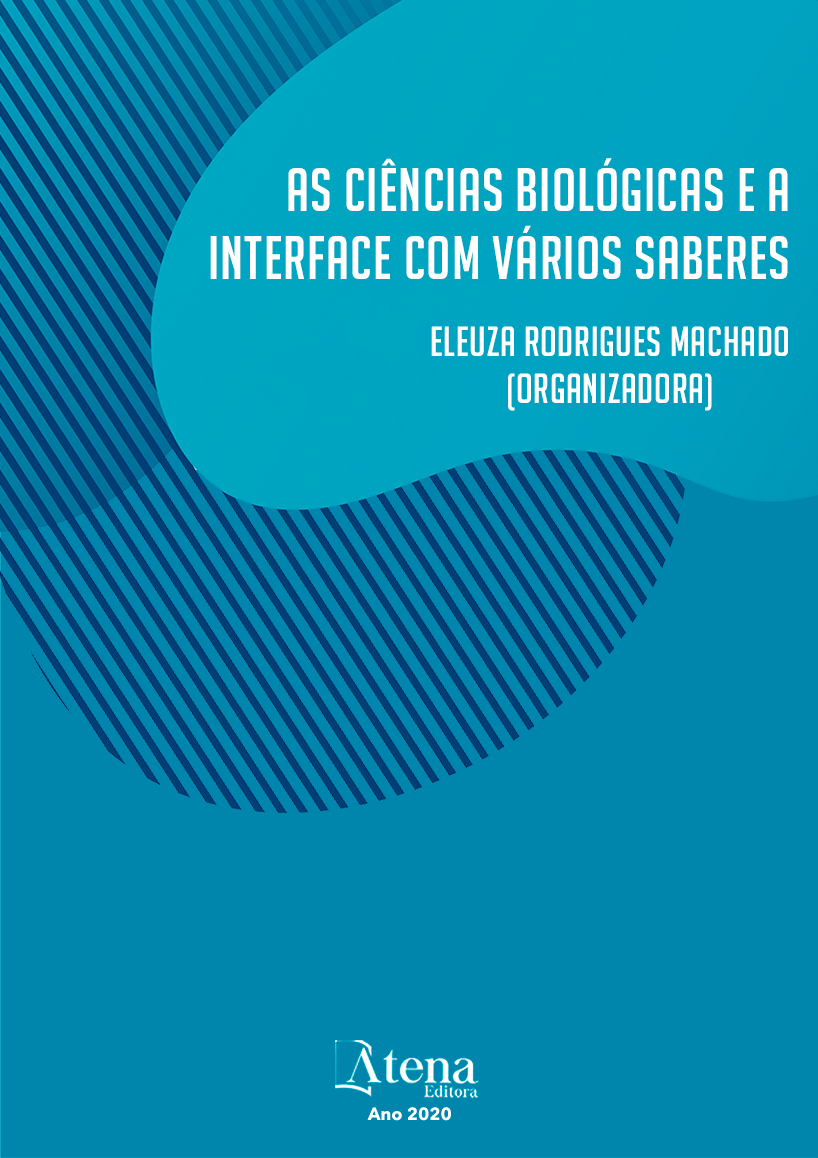
EFEITO DA TERAPIA FOTODINÂMICA POTENCIALIZADA PELA CÂMARA ULTRASSONICA EM DESCONTAMINAÇÃO DE SUPERFICIES ACRÍLICAS
A terapia fotodinâmica (TFD) é uma alternativa à descontaminação de superfícies, baseada na interação entre um fotossensibilizador não tóxico (PS) e uma fonte de luz adequada para a formação de espécies reativas de oxigênio. O objetivo deste estudo foi testar um novo dispositivo patenteado - o "Dispositivo de Inativação Fotodinâmica Ultrassônica" (UPID) sob o depósito de patente MU-BR 20.2018.00.9356-3 - na inativação fotodinâmica em placas de acrílico contaminadas. O dispositivo de baixo custo contém diodos emissores de luz (LEDs) vermelhas, com comprimento de onda de 660 nm e foi construído em um recipiente de aço inoxidável para melhor distribuição da luz. O efeito da irradiação com LED vermelho (660 nm) azul de metileno (AM) (100 µmol / L) diluído em água ou álcool a 70% no microrganismo: Candida albicans ATCC 10231. Para estimar os efeitos do PDI, placas de acrílico foram contaminadas por suspensões do fungo (3x108 UFC / mL), depois tratado com uma solução de AM por 30 minutos, seguido de irradiação por 30 minutos (0,45 J/cm2). A inibição microbiana foi avaliada pela contagem do número de unidades formadoras de colônias (UFC), em comparação ao grupo controle. Os resultados mostraram que o UPID promoveu redução significativa (p <0,001) do microrganismo quando comparado ao controle positivo. O novo dispositivo promoveu uma inibição microbiana eficaz nas superfícies testadas e, portanto, possibilita novos estudos. A perspectiva é que esse novo dispositivo possa ser uma alternativa de baixo custo e não tóxico para a desinfecção de dispositivos biomédicos, instrumentos não críticos e também para uso na indústria de alimentos.
EFEITO DA TERAPIA FOTODINÂMICA POTENCIALIZADA PELA CÂMARA ULTRASSONICA EM DESCONTAMINAÇÃO DE SUPERFICIES ACRÍLICAS
-
DOI: 0.22533/at.ed.7422004065
-
Palavras-chave: Terapia Fotodinâmica (TFD); azul de metileno (MB); redução microbiana.
-
Keywords: Photodynamic Therapy (PDT); methylene blue (MB); microbial reduction.
-
Abstract:
Photodynamic Therapy (PDT) is an alternative to surfaces decontamination that is based on the interaction between a non-toxic photosensitizer (PS) and a light source suitable for the formation of reactive oxygen species. The objective of this study was to test a new patented device - the “Ultrasonic Photodynamic Inactivation Device" (UPID) under the patent deposit MU-BR 20.2018.00.9356-3 - in the photodynamic inactivation on contaminated acrylic plates. The low-cost device contains red light-emitting diodes (LEDs), with a wavelength of 660 nm and was built in a stainless steel container for better light distribution. The effect of red LED irradiation (660 nm) methylene blue (MB) (100µmol/L) diluted in water or 70% alcohol on three types of microorganisms: Candida albicans ATCC 10231. In order to estimate the effects of PDI, acrylic plates were contaminated by bacterial suspensions (3x108 CFU/mL), then treated with a solution of MB for 30 minutes, followed by irradiation for 30 minutes (0.45 J/cm2). Microbial inhibition was evaluated by counting the number of colony forming units (CFU), compared to the control group. The results showed that the UPID promoted significant reduction (p<0.001) of the microorganism when compared with the positive control. The new device promoted an effective microbial inhibition on the surfaces tested and, thus, makes possible new studies. The perspective is that this new device may be a low-cost and non-toxic alternative to the disinfection of biomedical devices, non-critical instruments and also for use in the food industry.
-
Número de páginas: 11
- Douglas Fernandes da Silva
- MILENA MACHADO FERREIRA
- Augusto Alberto Foggiato


